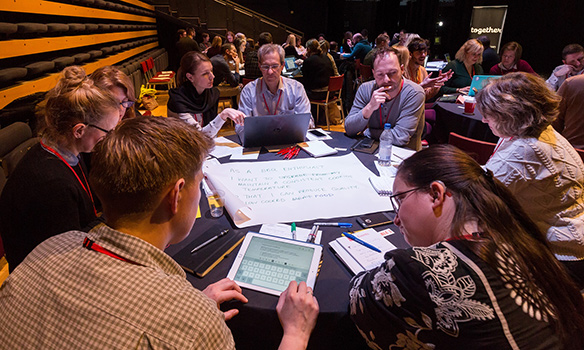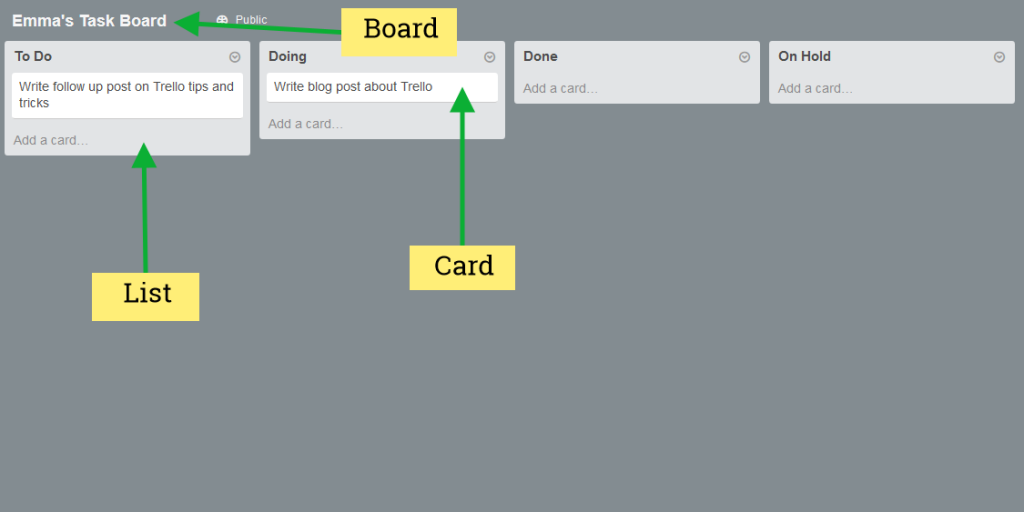At the end of January, I attended the Agile Content Conference in London. With the overall theme of collaboration, I was excited to pick up some practical tips to improve our work with colleagues in schools and services. Here are my top five takeaways from the day of case studies and workshops.
Embed content professionals within product/service teams
Erica Hoerl talked about her time working as a lone content strategist in the Messenger product team at Facebook. Emphasising the importance of having a voice for content at every stage of the product’s development, rather than drafting someone in for a specific content phase.
I’ve experienced the latter situation a lot. When the content team sits externally to a product or service team, we’re often brought in after the important decisions have been made. Embedding a content professional as a member of the team from the outset helps to get content seen as not just an add-on but a crucial part of any development.
Learn together
Jonathan Kahn introduced the conference with a series of collaboration tips to help find a solution that works for everyone:
- talk to a range of people, not just those you’ve worked with before
- align goals before identifying user needs
- reframe objections as opportunities
- learn together
They key to this, I think, is learning together; involving all stakeholders in user research and content design. This is supported by something Jo Wolfe asked us – to challenge ourselves to leave our preconceptions behind when starting a project. I think too often we start a project with a solution before really understanding the problem we’re trying to fix.
Mental models help create empathy
In its simplest definition, a person’s mental model is the way they look at the world. It’s based on beliefs or assumptions about how things should work. Mental models are built up over time through experience. They are unique to an individual and change over time, as we gain more experience of different situations.
We can gain an insight into someone’s mental model through user research. This allows us to understand their motivations and concerns. It helps to create empathy and in turn, allows us to design content that meets their needs.
Use principles to drive content creation
Lauren Pope and Sarah Jones from Brilliant Noise shared a case study from their work with American Express to streamline content creation and reuse through an editorial hub. They aligned the work of multinational content production teams through a clearly defined purpose and set of principles.
The principle that stands out to me is this:
“Only AmEx can do this.”
It’s a bold statement about the importance of producing unique content. Something that I’m painfully aware of in the HE sector is the number of university websites that are just carbon copies of each other. Whenever we create new content for our sites we need to ask “what makes us unique?” and use that to tell a story.
Solve fewer problems better
This nugget of wisdom comes from Alex Watson, a product manager for BBC News. It’s pretty clear what it means, and I’m sure most of us would be likely to dismiss it as a given. And perhaps that’s the problem. We can get so swept along on a treadmill of things we need to get done, that sometimes we lose quality in the work we’re doing. I’m going to make a commitment to myself to do fewer things better. Will you join me?
Image credit: Paul Clarke on Flickr.



